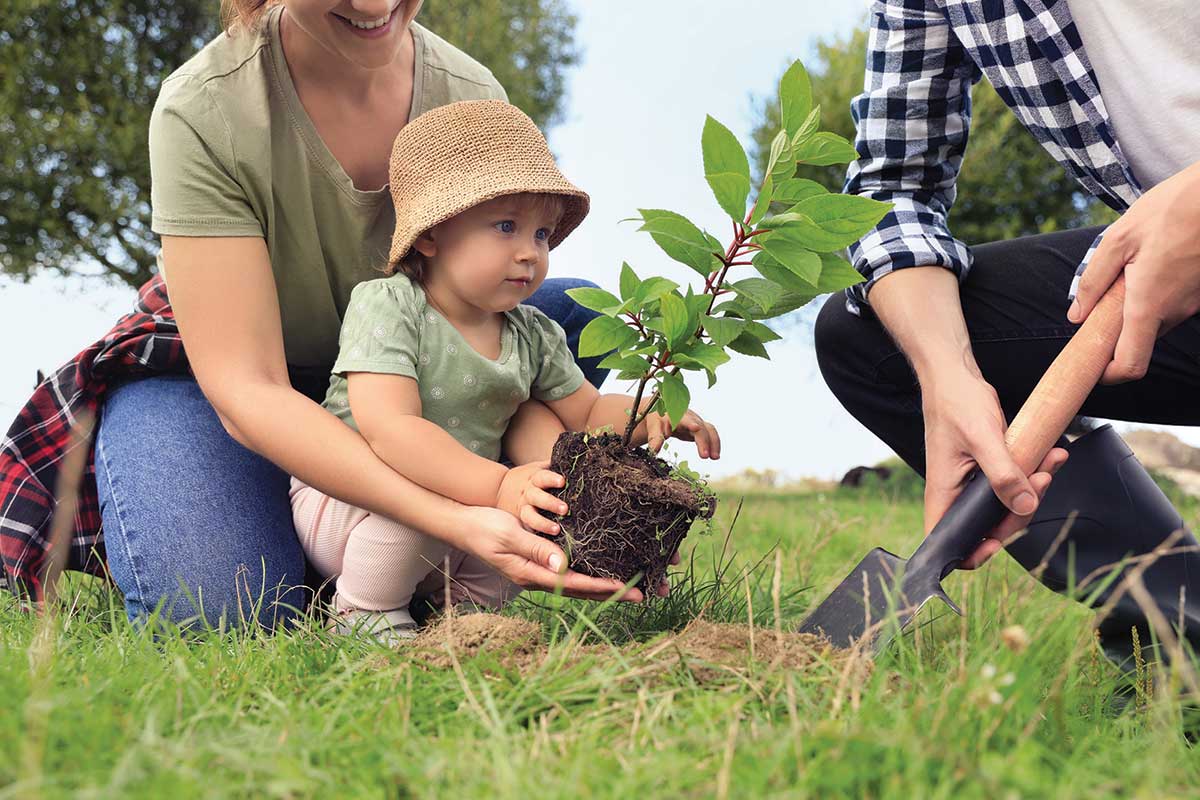Planting trees is an investment in the future. Beyond the obvious benefits of providing shade and enhancing the natural beauty of our surroundings, trees help improve our communities and our world in an abundance of ways, including many that we may not immediately notice.
While it’s easy to see the trunk, branches and leaves of a tree, it might surprise you to learn that root zones are often two to four times the diameter of the crown, the branches and leaves of the tree. Those root systems help hold and aerate the soil, filter groundwater and allow the trees to draw in chemical nutrients that otherwise could leach into the environment.
Decaying leaves, needles and other tree debris help enrich the soil, providing nutrients for grasses and other vegetation.
According to researchers at the Department of Agriculture, millions of species and billions of organisms, including bacteria, algae, microscopic insects, earthworms, beetles, ants, mites and fungi, can flourish in organic soil.
The best soil on most farms is found in the fence row, the land surrounding a fence, due to its undisturbed properties, according to USDA officials. It’s crumbly, dark and loose, and it’s a model of soil structure and organic matter for farmers who are trying to make their soil healthier.
A Lasting Difference
Trees take time to grow, but with proper care, after a few good seasons, a mature tree becomes a living air purifier that can absorb 120–240 pounds of particulate pollution every year. They reduce atmospheric sulfur dioxide and hydrocarbon emissions and absorb heavy metals.
And when it comes to trees, bigger is better. The experts say large mature trees absorb 60 to 70 times more pollution from the environment than smaller trees.
Trees that are 6–8 feet tall and planted around a home or building can shade windows during their first year. Within five to 10 years, they can also help shade rooflines, reducing cooling costs and energy use. Dense evergreens can serve as windbreaks, diffusing frigid breezes.
When selecting trees, be sure to take into account their height when fully grown, making sure they will be at least 25 feet away from power lines. Even better: 50 feet away allows for safer pruning.


